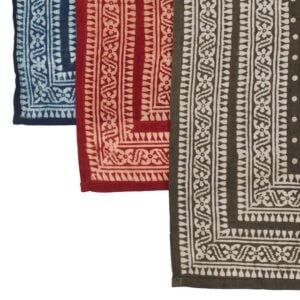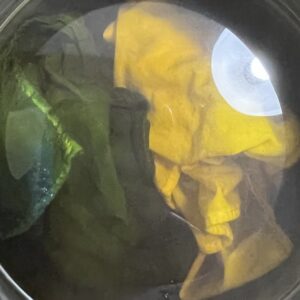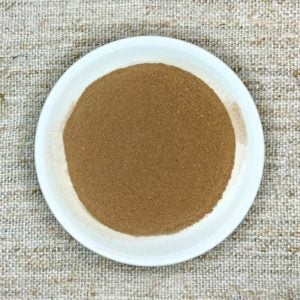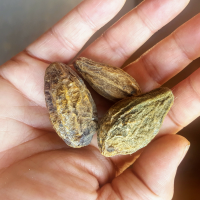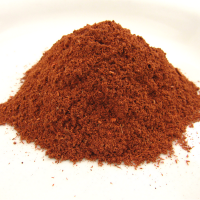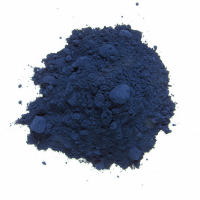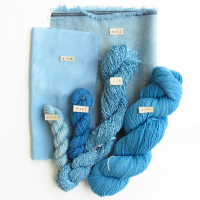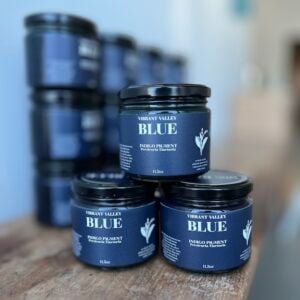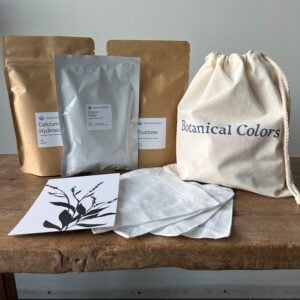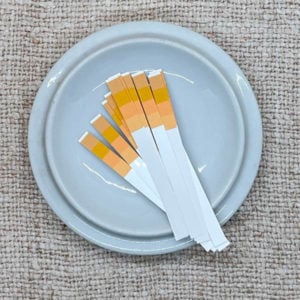Ajrak Bandanas in Indigo, Madder and Iron
Ajrak Bandanas in Indigo, Madder and Iron Ajrak is the name for the intricate resist patterning that makes these pieces instantly recognizable as originating in Pakistan and parts of India. We are thrilled to offer these beautiful Ajrak bandanas in classic natural dye colors: indigo blue, madder red, and iron gray. The bandanas are the creation of Handwork Studio, a Toronto-based design group with artisan production connections in Pakistan, Nepal, Haiti, India and Peru. Handwork Studio is committed to design innovation through socially and environmentally sustainable methods. The bandanas are hand-printed and naturally dyed in the historic Sindh Valley, Pakistan … Read more

